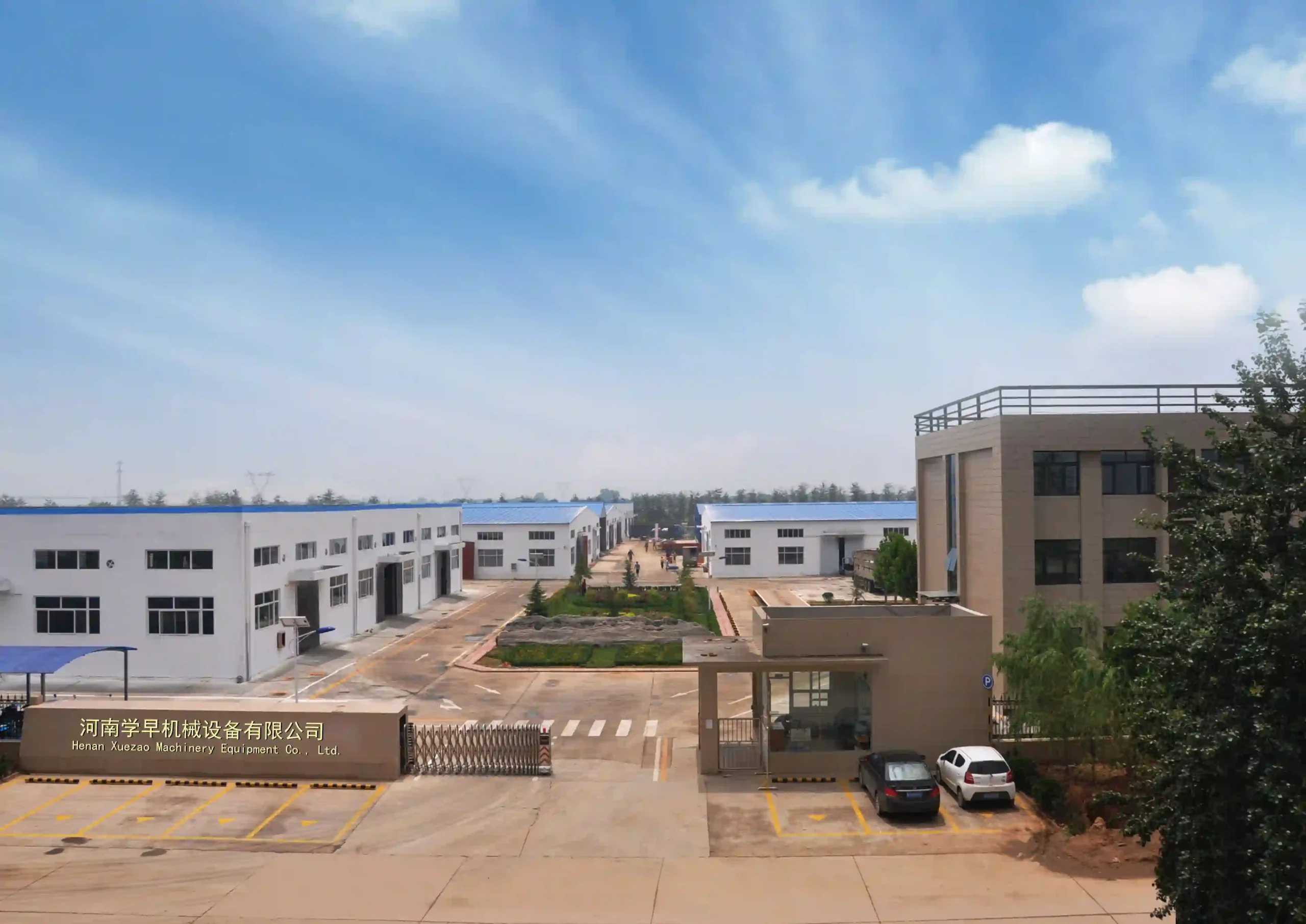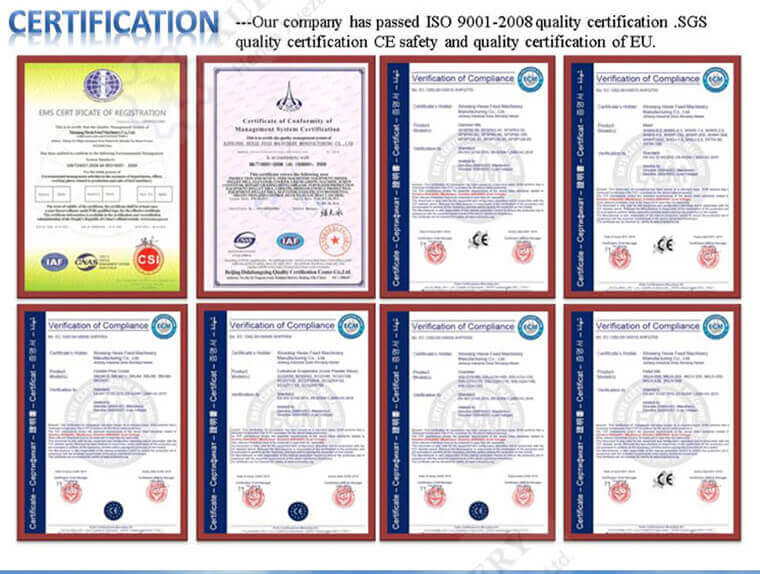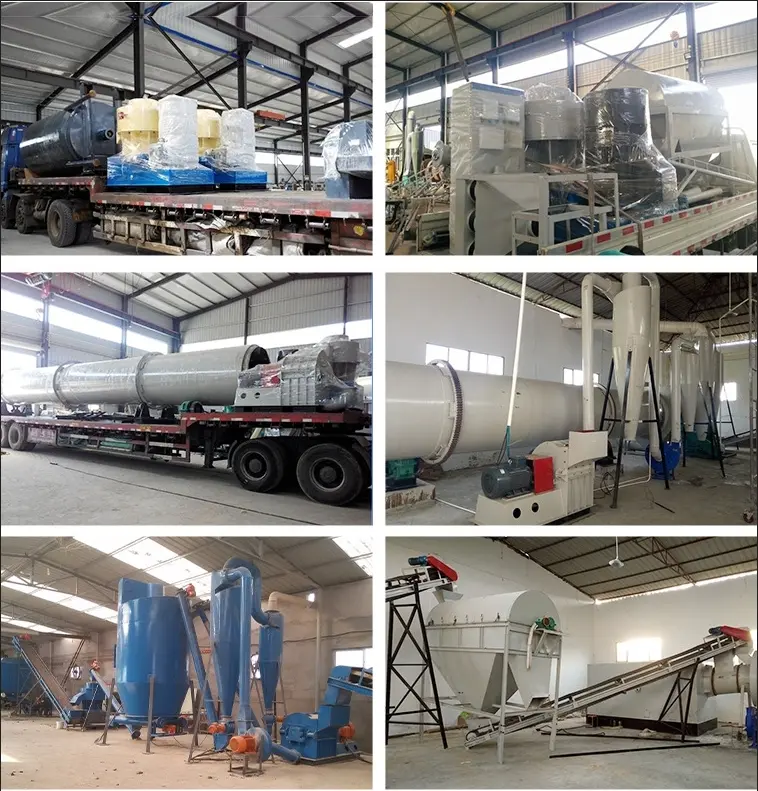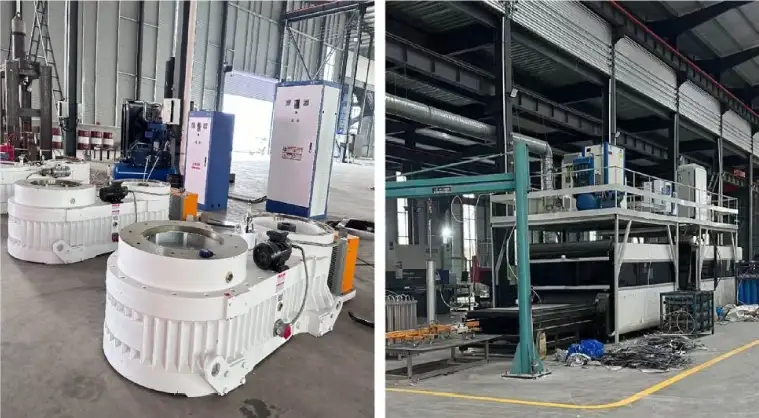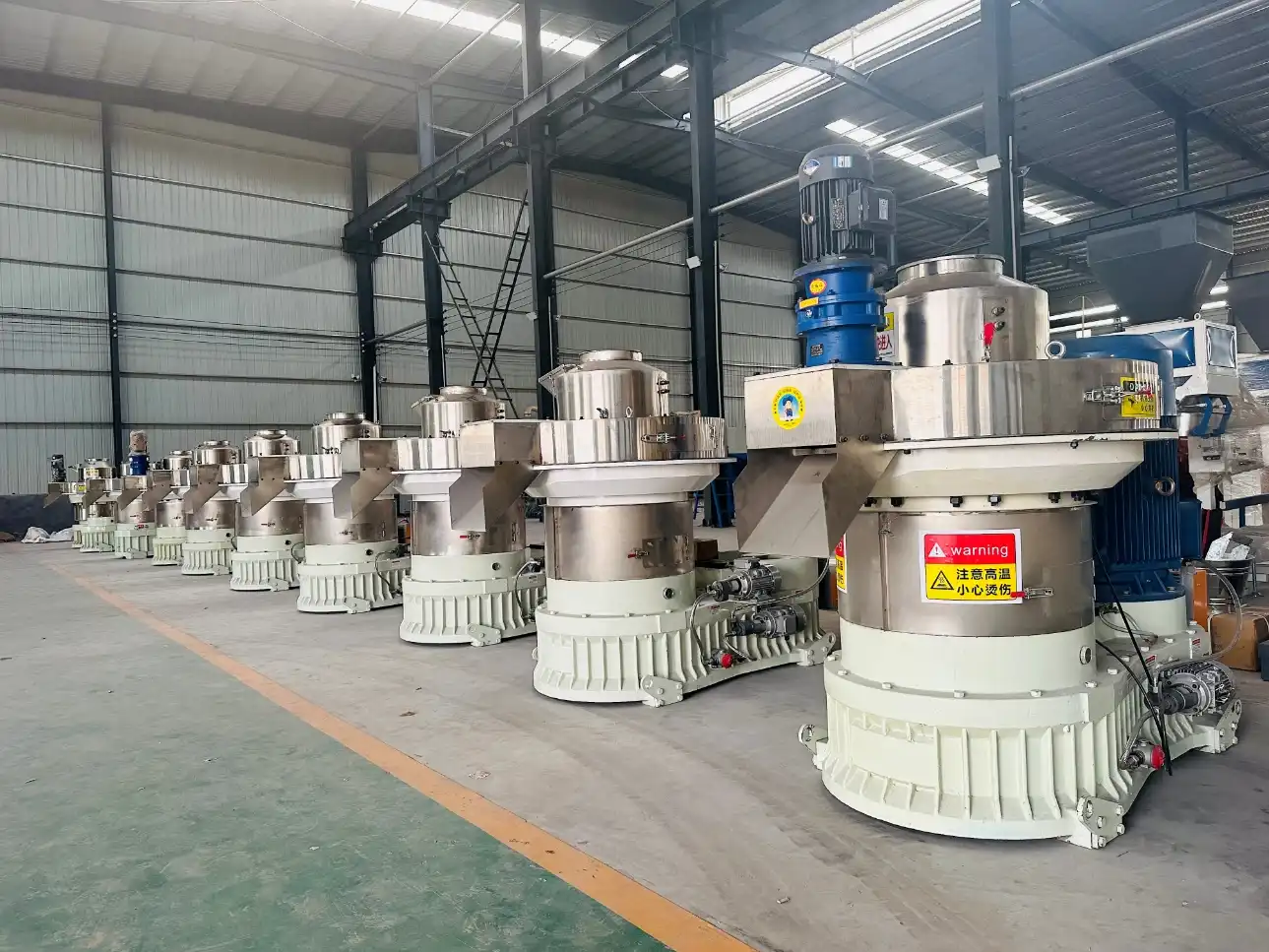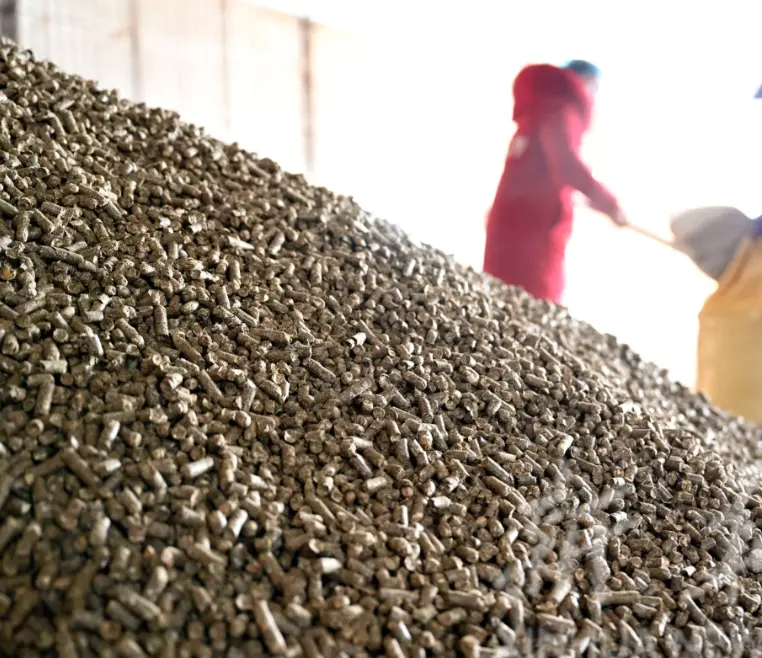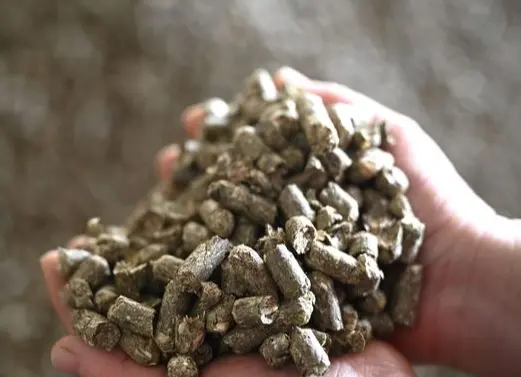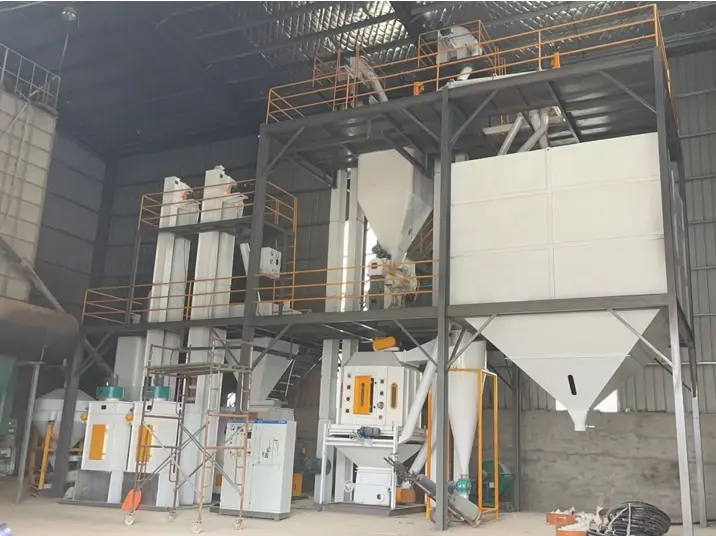
Coffee-Residues-Pellets
Pellet Fuel from Coffee Residues.
Coffee, beloved globally, originates from the seeds of coffee berries cultivated worldwide. Processing these berries generates substantial residues—husks, pulp, and grounds. The accumulation of these residues poses environmental concerns if not managed properly.
These residues, accounting for about half of the coffee fruit, are composed of husks and pulp, a byproduct of the de-hulling process during coffee bean extraction. Additionally, the leftover coffee grounds post-brewing require appropriate disposal.
One solution lies in converting these residues into pellet fuel, a viable alternative.
1) Collection: Gather husks and pulp during coffee cherry harvesting and processing.
2) Grinding: Reduce residues to small particles via a hammer mill, ensuring a size suitable for pellet mills.
3) Drying: Maintain moisture content around 12% for quality pellets. Adjust moisture levels using steam or water injection if needed.
4) Pelleting: Employ a pellet mill to compress dried husks or pulp. Enhance quality by blending with resources like corn cob or rice husks.
5) Cooling: After pelleting, cool the high-temperature pellets using air or a cooling machine for storage and use.
6) Optional Steps: Sieve cooled pellets for uniformity; consider packing them for commercial use.
Coffee husks boast 10% moisture, 12% ash, 80% volatile content, and a calorific value of 18.3 MJ/kg. Meanwhile, coffee pulp has an initial 90% moisture, 6.7% ash, and yields pellets with a calorific value of 12,501 kJ/kg.

The benefits of utilizing coffee residues for pellets are numerous:
1) Abundant Availability: Coffee trees are ubiquitous, offering ample raw materials.
2) Renewability: Residues provide a renewable source unlike fossil fuels.
3) Efficient Burning: Pelleted residues burn more efficiently than raw materials.
4) Environmental Impact: Their use significantly reduces CO2 emissions, aiding in curbing global warming.
Applications for these coffee waste pellets span power plants, boilers, homes, and institutions like schools and hospitals.
Major coffee-producing countries like Brazil, Vietnam, Colombia, Indonesia, Ethiopia, India, Honduras, Uganda, and Mexico generate substantial residues, making them ideal for pellet production.
Brazil, the largest producer and exporter, yields abundant residues from its vast coffee farms. Vietnam, Colombia, and other producing nations also contribute significantly to coffee residues, offering a valuable energy source ripe for pellet fuel conversion.
